Suppose coring and subsequent instrument blockages are reported while using butyl rubber, interference or extra peaks are encountered on repetitive injections, needle damage or rupture occurs with the current septa, or there are variations in the peak region when conducting repeat infusions.
In that case, users should try Chromatography Direct’s latest ultra-low bleed silicone products.
Chromatography Direct’s latest ultra-low bleed silicone products feature:
- Low extractables when compared to butyl rubber when performing repeat injections
- Anti-coring restricts septa plugs from obstructing the instrument flowpath, resulting in reduced downtime
- An enhanced seal and increased resealing for repeat injections when compared to butyl rubber products
- Significantly lower levels of siloxanes are available when compared to other products in the market
Headspace GCMS analysis
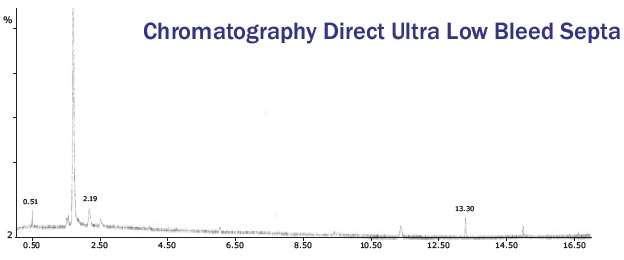
Image Credit: Chromatography Direct Ltd
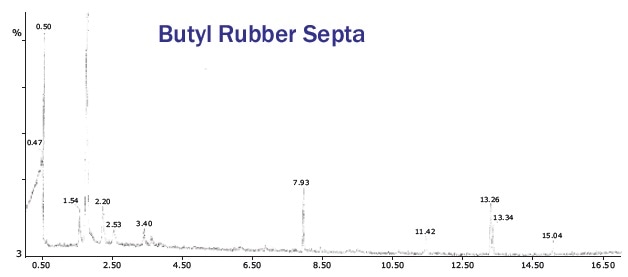
Image Credit: Chromatography Direct Ltd
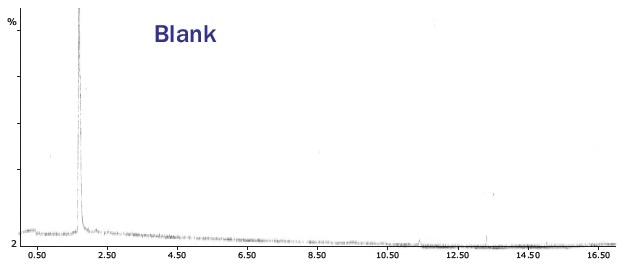
Image Credit: Chromatography Direct Ltd
High recovery vials — HRV™
If users seem to:
- Have a finite amount of sample
- Think inserts are expensive and difficult to use
- Consider one-piece alternatives (nano and fused insert vials) to be too expensive
Then users should experiment with the most recent high recovery vials from Chromatography Direct.
- Lower manufacturing costs result in lower end-user costs when compared to glass in fused glass insert vials
- Users can sample down to a remaining volume of 4 µL
- Snap/crimp or 9-mm screw thread options are available
- Amber or clear plastic fused glass insert vials are available
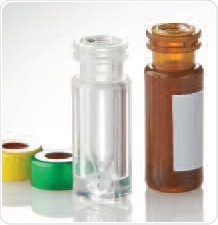
Image Credit: Chromatography Direct Ltd
Maximum recovery vials — MRV™
These vials were designed specifically for the bottom draw-port needle on systems such as the Waters ACQUITY UPLC, Agilent and Alliance HT HPLC. The Chromatography Direct portfolio has recently expanded to include the Maximum Recovery Vials.
These vials have the greatest sample capacity and the smallest residual volume. Furthermore, the 9-mm caps make these vials ideal for use with Agilent GC and HPLC systems.
The vials are obtainable in 9-mm screw-top clear or amber color with or without labels, as well as crimp-top clear or amber color with or without labels. They are obtainable in individual packs of 1000 caps or vials, or as combi-packs of 100 caps and vials. Solid storage caps and pre-pierced caps are also available.
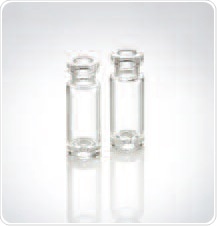
Image Credit: Chromatography Direct Ltd
AntiSpin™ Headspace Crimp Caps
If users have to repeat injections due to unreliable crimping methods, manually inspect individual headspace caps to ensure that they do not spin on the vial, or if there is interference with the peaks as a result of septa extractables. In that case, users should try Chromatography Direct’s new AntiSpinTM Headspace Crimp Caps.
- The physical properties of the silicone utilized ensure a tight seal regardless of user ability
- The AntiSpin design ensures optimal sealing and thus reduces any leakage that could affect calibrations and results
- Available in standard Silicone/PTF and Ultra-Low Bleed Silicone/PTFE formulations
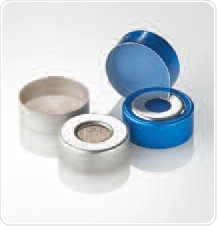
Image Credit: Chromatography Direct Ltd
Absolute recovery vials — ARV™
If users have small amounts of sample, they should try Chromatography Direct’s new ARVTM Absolute Recovery Vials.
Users can sample down to 2 µL remaining volume (based on the autosampler).
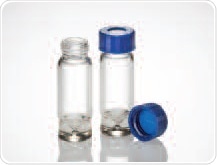
Image Credit: Chromatography Direct Ltd